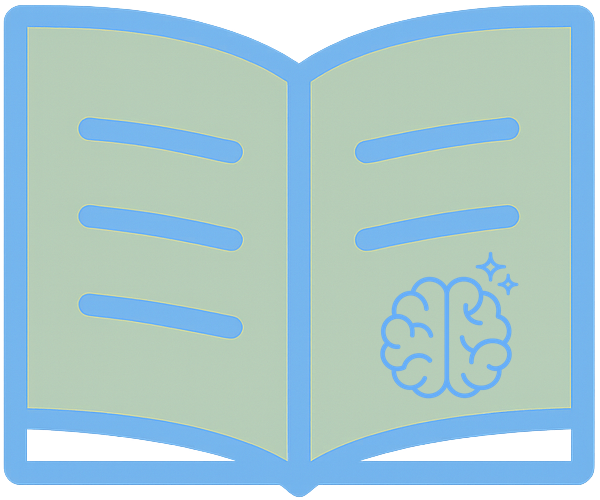Artificial General Intelligence vs. Artificial Intelligence
The key difference between Artificial General Intelligence (AGI) and Artificial Intelligence (AI) lies in the scope and flexibility of their capabilities:
Artificial Intelligence (AI)
- Narrow or Specialized: AI systems are designed to perform specific tasks or solve particular problems. For example, chatbots, image recognition, recommendation systems, or language translation.
- Predefined Scope: AI operates within a limited and well-defined domain, such as playing chess or analyzing medical images. It cannot generalize knowledge to unrelated areas.
- Dependency on Data: AI systems rely heavily on data and training for specific use cases and often fail when faced with tasks they were not explicitly trained for.
Artificial General Intelligence (AGI)
- Broad and Flexible: AGI systems aim to replicate human-like intelligence, capable of performing any intellectual task that a human can do.
- Adaptability: AGI can generalize knowledge from one domain to another, learning and solving problems without requiring extensive retraining or predefined instructions.
- Independent Learning: AGI systems are expected to learn, reason, and adapt autonomously, even in novel or unexpected scenarios.
- Long-Term Goal: AGI represents a more advanced stage of AI development, and it has not yet been achieved.
Analogy
Think of AI as a toolbox with specialized tools for specific jobs, while AGI is like a human brain capable of using tools, creating new ones, and solving a vast array of problems across domains.
AGI meets Agentic AI
When Artificial General Intelligence (AGI) is paired with Agentic AI, it creates a potentially transformative and complex dynamic. Let’s break it down:
What is Agentic AI?
Agentic AI refers to systems that are:
- Goal-Oriented: Designed to pursue specific objectives autonomously.
- Proactive: Capable of initiating actions and making decisions to achieve their goals, without continuous human intervention.
- Adaptive: Able to navigate and respond to dynamic and unpredictable environments.
Agentic AI often embodies characteristics of autonomy, persistence, and decision-making. Current examples include autonomous drones, trading bots, or advanced robotics, though these are narrow AI systems.
Pairing AGI with Agentic AI
When combined, AGI and Agentic AI create a system that is:
- Broadly Intelligent: The AGI provides the system with the ability to understand, learn, and reason across multiple domains at a human-like level.
- Autonomous in Execution: The agentic aspect enables the system to act independently in pursuit of goals, leveraging its general intelligence to adapt to novel situations.
- Proactive Problem-Solving: Such a system would not only be able to identify problems across different domains but also develop and execute strategies to address them without human direction.
- Continuous Improvement: AGI can learn and optimize its methods over time, while the agentic nature ensures ongoing goal-directed activity.
Potential Use Cases
- Software Architecture: Designing, optimizing, and maintaining complex software systems and microservices architectures.
- Code Generation: Creating and refactoring code autonomously while adhering to best practices and design patterns.
- Development Operations: Managing continuous integration, deployment pipelines, and automated testing frameworks with minimal human intervention.
In Summary
The integration of AGI and Agentic AI represents a groundbreaking advancement in autonomous engineering design. This cutting-edge combination creates systems capable of independently conceptualizing, testing, and optimizing complex engineering solutions. By merging broad intelligence with autonomous decision-making, these systems can revolutionize product development, architectural design, and manufacturing processes. With their ability to continuously learn and adapt, these AI systems can explore innovative design possibilities beyond traditional human approaches, potentially reshaping the future of engineering and technological advancement.
